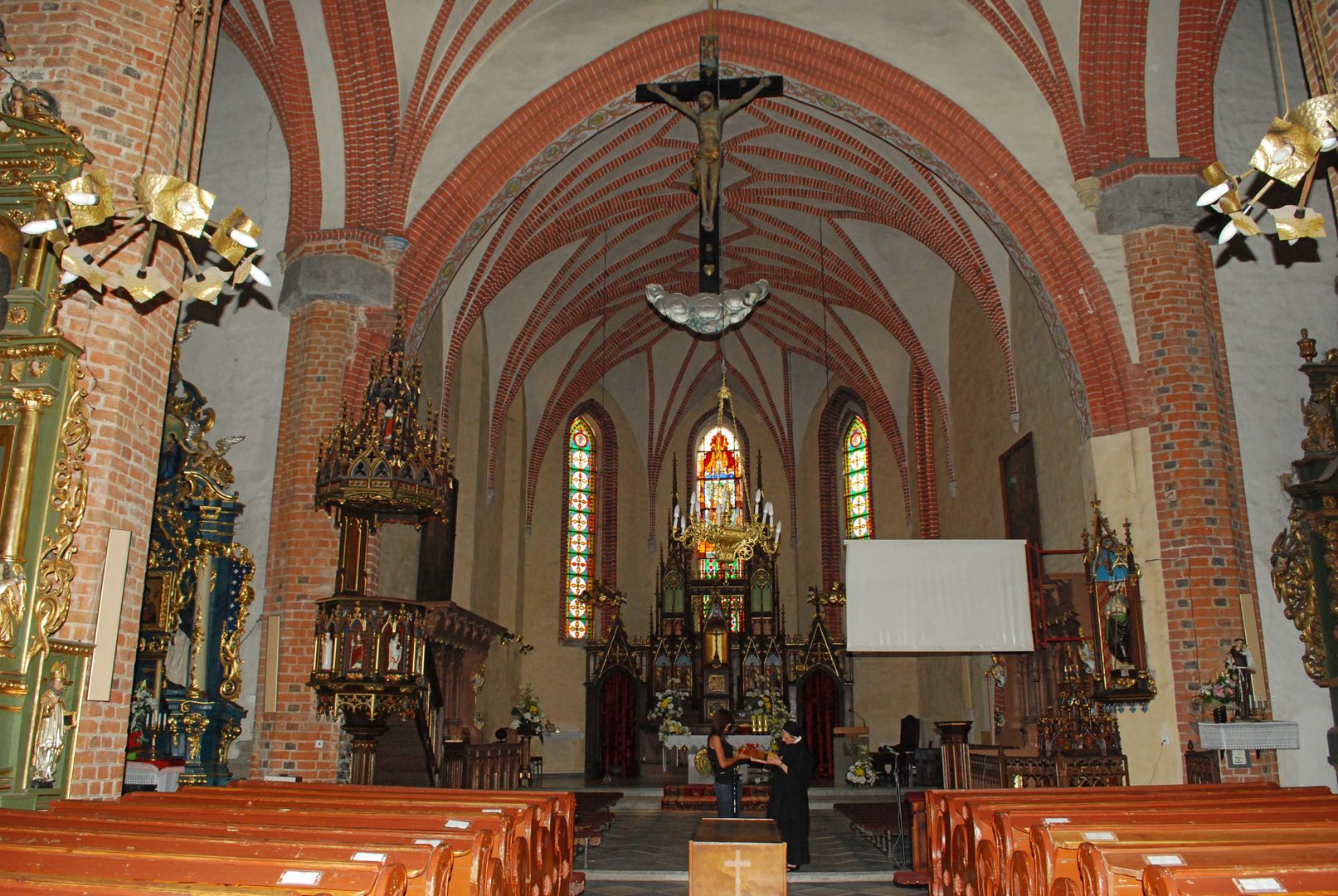St. Nicholas Church in Gniew
6.38

Overview
St. Nicholas Church in Gniew is a Gothic Roman Catholic temple from the 14th century, built by the Teutonic Knights on the site of an earlier wooden church. Its history dates back to the time when the Cistercians took over the land of Gniew. The construction of the current church began with the presbytery, and in the second half of the 14th century, work commenced on the nave and the tower, which was heightened in the 15th century. The church underwent numerous changes practically throughout the centuries—in 1557, it became a place of Protestant worship and was returned to Catholics in 1596. In the 18th century, the church suffered damage due to an unknown disaster, and in the 19th century, it underwent several renovations, including a comprehensive one between 1875 and 1876. As a result of the destruction of World War II, it required significant repairs, which continue to this day.
Architecturally, it is a hall church with three naves, octagonal pillars, and a polygonal presbytery with richly profiled windows. The tower, characteristic of Pomeranian Gothic, is integrated into the structure of the nave. The interior of the church is adorned with numerous altars, including the main altar from the 17th century, as well as altars dedicated to St. Nicholas, St. Stanislaus Kostka, St. Joseph, and Our Lady of the Rosary. A magnificent feature is the late Renaissance stalls from the 17th century. Additionally, the northern and southern chapels are decorated with richly adorned altars featuring Rococo elements. The holy water font from the 15th–16th century originally served as a baptismal font. An interesting detail is the statue of St. John of Nepomuk, which became a symbol of penance after the desecration of the Catholic religion by a Gniew pastor in 1738.
The church is not only an important religious site but also a witness to the turbulent history of Gniew. Its architectural layout and decorative elements provide an interesting reference point for researchers of art and history.
Location
2025 Wizytor | All Rights Reserved